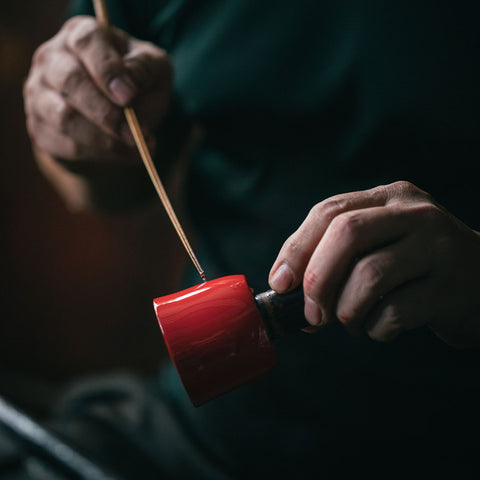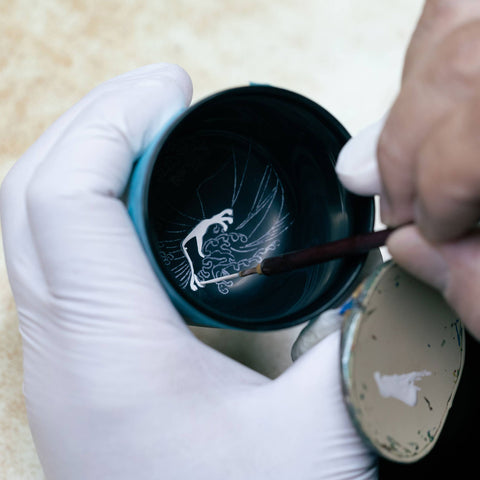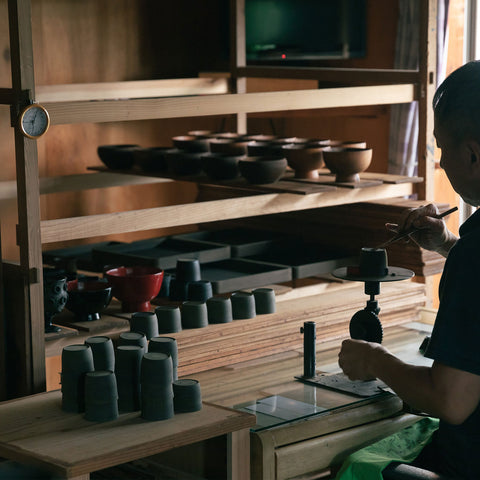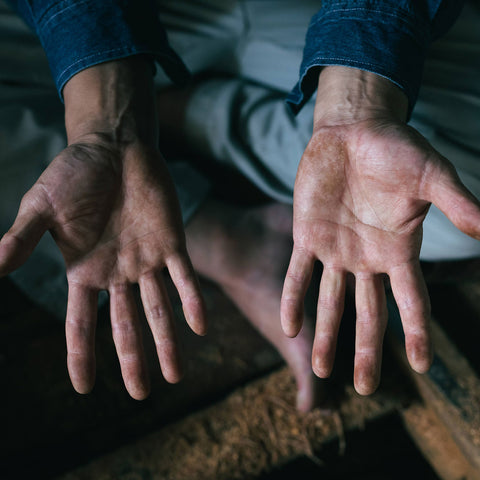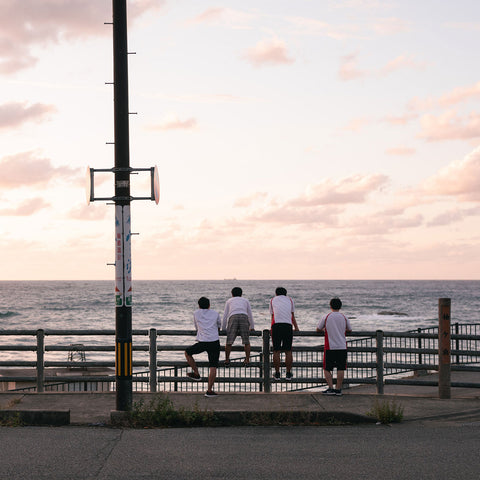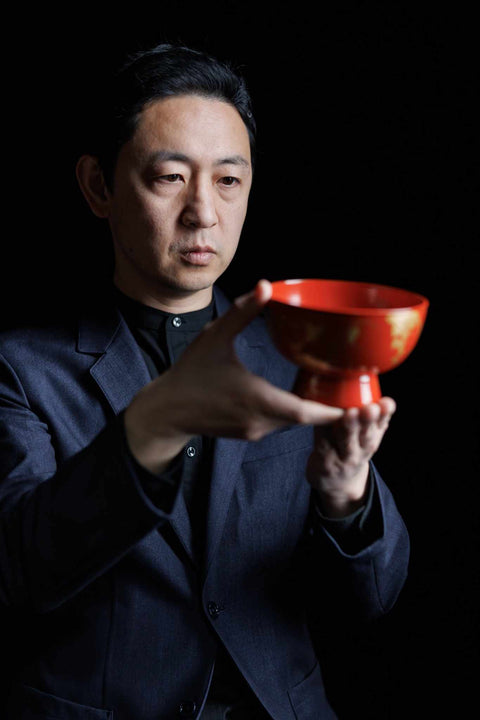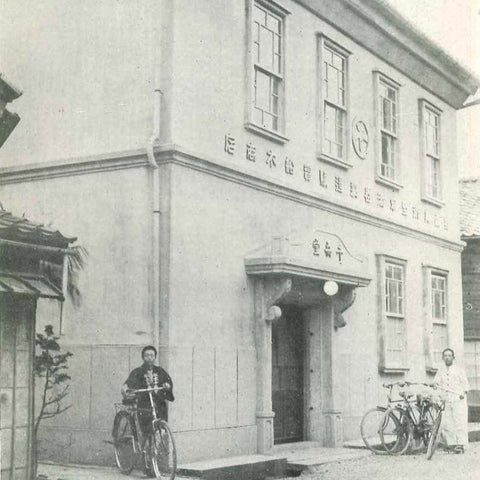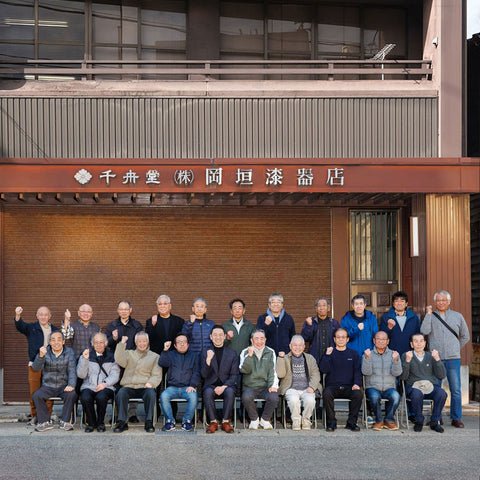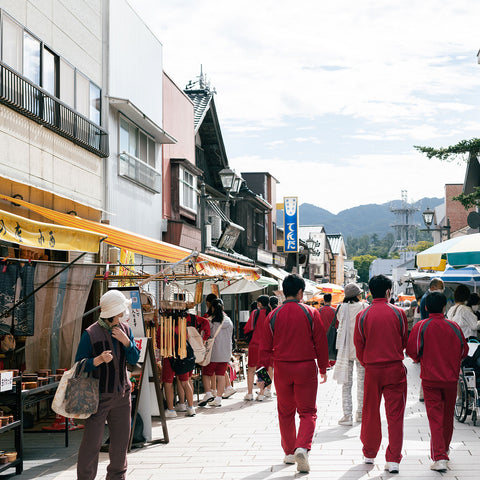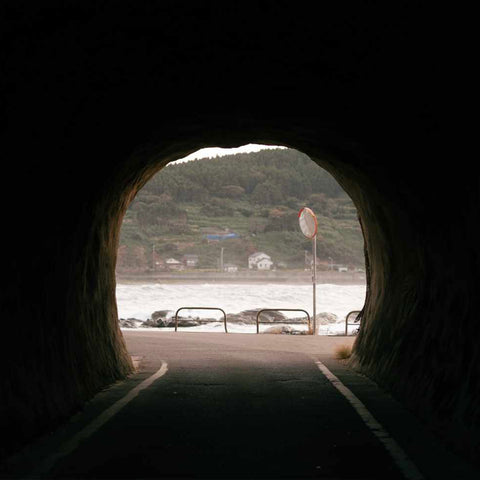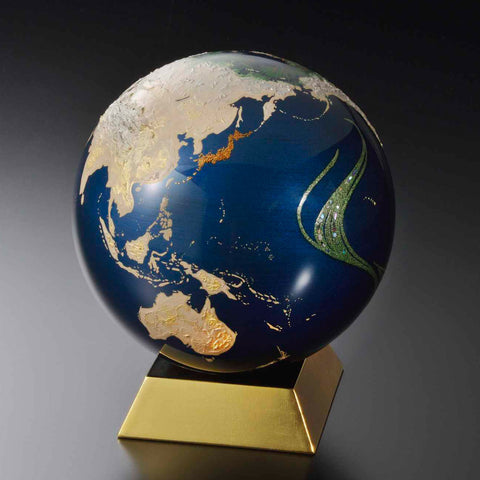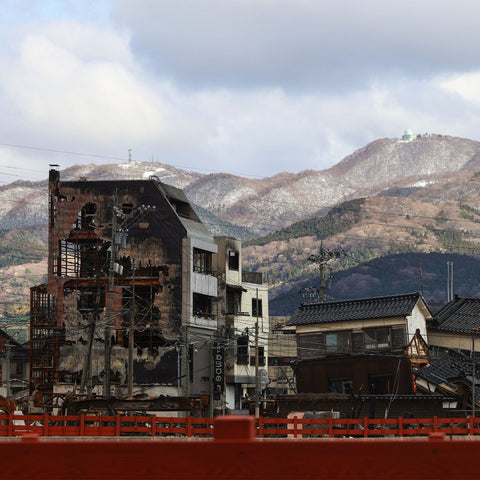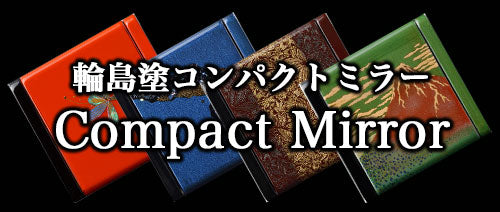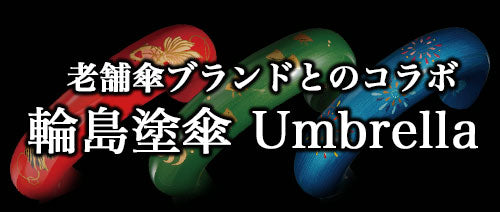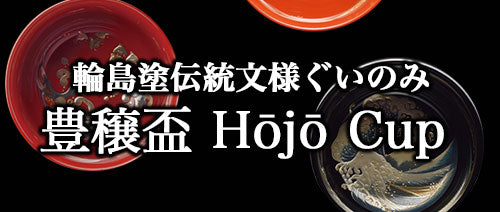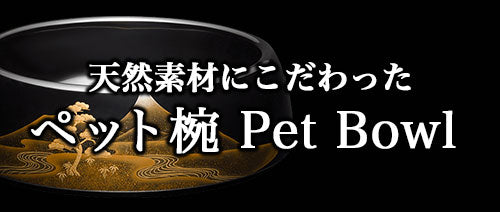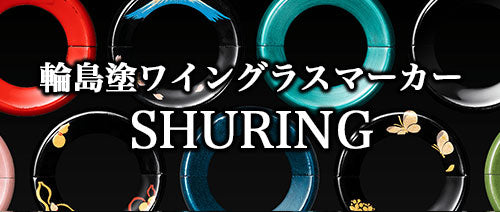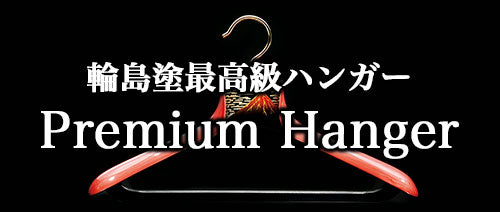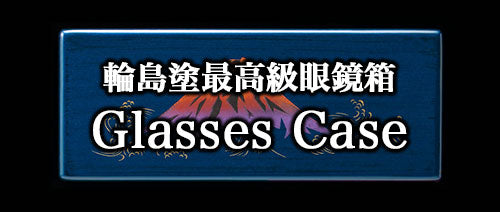Love the devotion of "skill" and "heart"
Since our founding, we have consistently continued the production and sale of Wajima lacquerware, based on techniques officially certified by the Agency for Cultural Affairs.
Under the Senshudo brand, we have earned a solid reputation for creating lacquerware that respects and reflects each customer's unique preferences and individuality.
In 2008, our sake cups were officially selected through the Wajima Lacquerware Cooperative for use at the welcome banquet of the G8 Hokkaido Toyako Summit.
We take great pride in the fact that this occasion allowed us to introduce and showcase the beauty of urushi (Japanese lacquer) not only within Japan but also to the international community.
We remain committed to crafting each piece with heartfelt care, striving to create cherished items for our customers, and to continue sharing the spirit and culture of urushi (japan) with the world.
A Message from the President
I dislike conflict.
And I believe that if Wajima-nuri spreads across the world, war will disappear.
Just like the lacquerware we create, every region of the world has its own traditional crafts and cultures, nurtured by local life. These are treasures that have enriched the hearts of the people who live there. I believe that respect for these traditions is something everyone can relate to.
We may not be able to control people, but we can choose to stand with them in empathy.
Our wish is to be a company that brings not division, but connection—one that creates understanding, not conflict.
And I truly believe that beyond this path lies a more peaceful world.
It begins with those around us.
Today, we walk forward for the sake of the artisans who create our products, and the people who use them—so that their expressions may be softened with joy.
We hope that what we create will become a part of a richer, more heartfelt life for each and every one of you.
Yugo Okagaki
President, Okagaki Shikkiten Co., Ltd.
Tradition and Innovation — The Journey of Senshudo
Company Profile
Okagaki Lacquerware Co., Ltd.
20-1-83 Kawai-cho, Wajima City, Ishikawa Prefecture,
928-0001
TEL: 0768-22-0616
[History]
1950:
Okagaki Lacquerware was founded. The name Senshu-do was adopted.
1972:
Incorporated.
2008:
Adopted for toast cups at the Toya-ko Summit dinner party.
2009:
Realized 17 lacquer colors.
2011:
Started collaboration with other companies.


